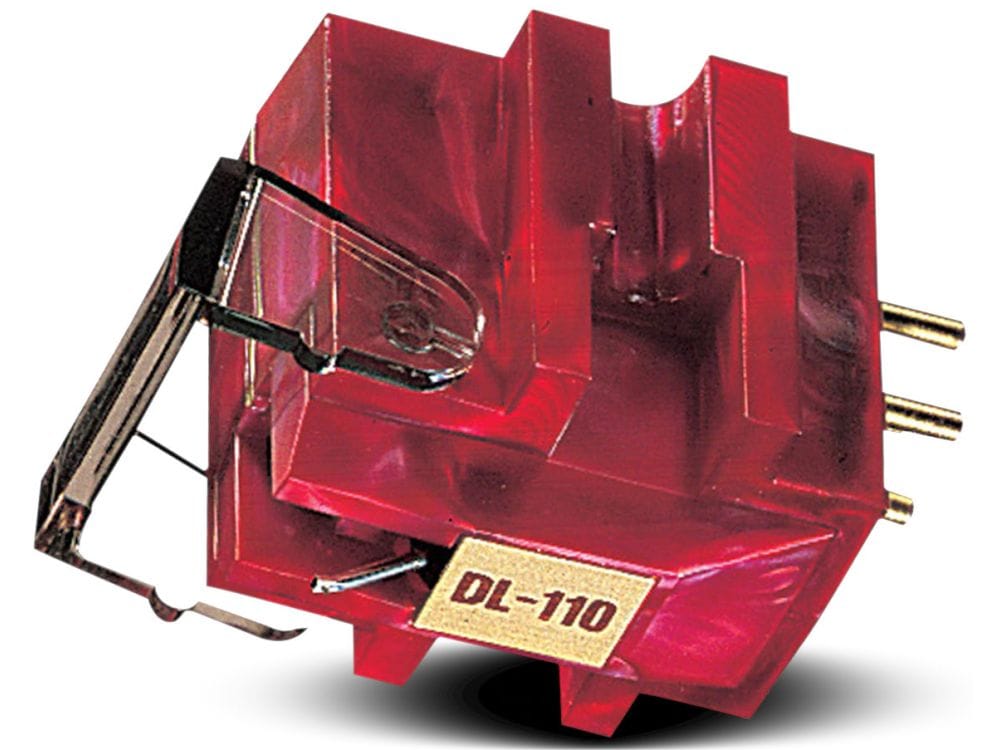At first glance, no, but after checking the calculations, it might just sneak into the acceptable resonant frequency range.
It’s a great question to ask, though, essential if you love your vinyl and don’t know the answer, and an important lesson in the need for both calculations and real measurement. I’ll tell you what, though, it’s a much better match than the DL-103 is for the G-707!
Answering questions like this typically requires expert assistance. This is the sort of question I’m asked at least a few times each week, and those with questions like these need only to seek a proven vinyl expert to explain why and how to create a really good match.
The problem I see all too often is when people selling cartridges don’t know the answers to questions like these and end up misleading their customers, perhaps inadvertently, leading to terrible equipment matches, record damage and worse. I think the industry needs to do better.

The technical details require detailed explanation beyond the scope of a quick FAQ, and my energy level today. But briefly and straight from my brain to the page:
Experience, Math & Measurement
The Denon DL-110 is a high-output (yuck), medium-compliance cart. It needs a medium-mass arm to load the suspension and ensure that the resonant frequency falls within the standard 8 – 12Hz range. The Grace G-707 is a low-mass arm, one of the lowest ever made at just 7 grams, similar to my SME 3009 Series III. As such, it is suited to high-compliance, softly sprung cartridges.
For this reason, the DL-110 is not my first choice of cartridge for the G-707. The lowish cartridge mass works in its favour, but experience tells me the system resonant frequency is likely to be higher than we want, maybe around 15Hz. This is a no-no in vinyl and can lead to poor bass performance, weird resonances higher in the frequency range as the arm stores energy it should not, and accelerated record wear.
Confirming the importance of calculations and real-world measurements, however, when using my favourite tonearm resonance frequency calculator with the DL-110 and G-707, we end up with a resonant frequency of around 12Hz, slightly less than my guestimate and on the border of what’s considered acceptable. Are these two the best match? No, but 12 Hz is acceptable. Measurement would verify the resonant frequency. If between 8 and 12Hz, then all good.
Note that until I’ve measured resonant frequency using test tracks on my test record with the DL-110 and G-707 combo, I won’t have the definitive answer. I’ve come across cases where the calculations suggest OK, for example, only for the test record to show that it is not OK, and vice versa, such as the case with my Ortofon MC-A90 and FR-64S, which on paper might not work, but when measured, is spot on!
Calcs are important, but they are a guide and never replace actual testing and measurement. Testing and measurement are part of my science background, of course, so I love doing that! It doesn’t matter if someone says they think it works. It either works well or it doesn’t, and it’s all measurable.
BTW, you can make a low mass arm work better with lower compliance carts by strategically adding mass, but this is beyond the average owner and again requires testing and measurement.
I dislike the DL-110 and other high-output moving coils because the concept is flawed. Want high output? Get a moving magnet. Add coils to a moving coil, and you add mass, and you then no longer have the advantages of a true low-output moving coil cartridge. I’ve worked on a ton of Grace G-707 arms over the years, too. They are decent, but less lovable now.
See how knowledge and science come together to yield information that makes all the difference? Plenty more advice is available, of course, including this FAQ on the DL-103 and problems matching it.
The Great Vinyl Knowledge Deficit
One thing I’ve been on about since starting Liquid Audio as a turntable specialist business is the lack of really knowledgeable folks out there in regards to vinyl. I experience this through endless conversations with people explaining the physics of why moving coil carts are technically better, why step-up transformers are so good, why Accuphase phono preamps rule, and why, for example, the Denon DL-103 does not work on the Grace G-707.
This Grace G-707 anecdote came up in a chat with one of my cartridge suppliers, who has a customer with a Denon DL-110 and G-707. My supplier is the nicest guy, but he couldn’t tell his customer why the two might not work together. I also set up turntables for the owner of a major record shop here in Perth. Again, a lovely guy, brings his turntables here to be set up, and I’ve corrected the poor setup on other customer turntables purchased from that store.
Again, no judgment, but think about these examples, and you’ll better understand why I’m so passionate about this. Sadly, many who work on and sell cartridges and turntables these days are self-appointed rather than proven experts, and gain their ‘info’ from other inexperienced folks, very few of whom have listened to, let alone owned any of the great vinyl gear I talk about here @ Liquid Audio. Much of this can be blamed on the advent of CD, which took out a huge section of equipment, knowledge and people associated with the golden era of vinyl.
Discover more from LiQUiD AUDiO
Subscribe to get the latest posts sent to your email.
